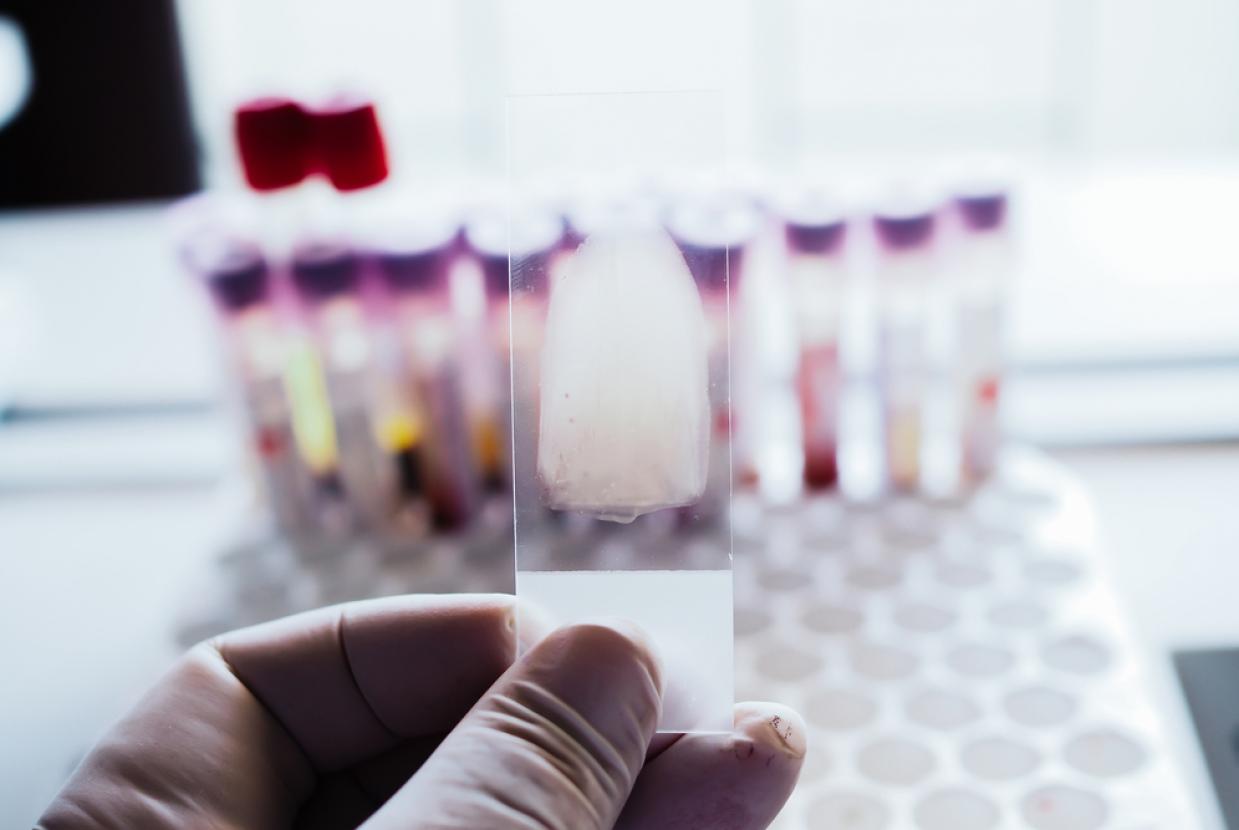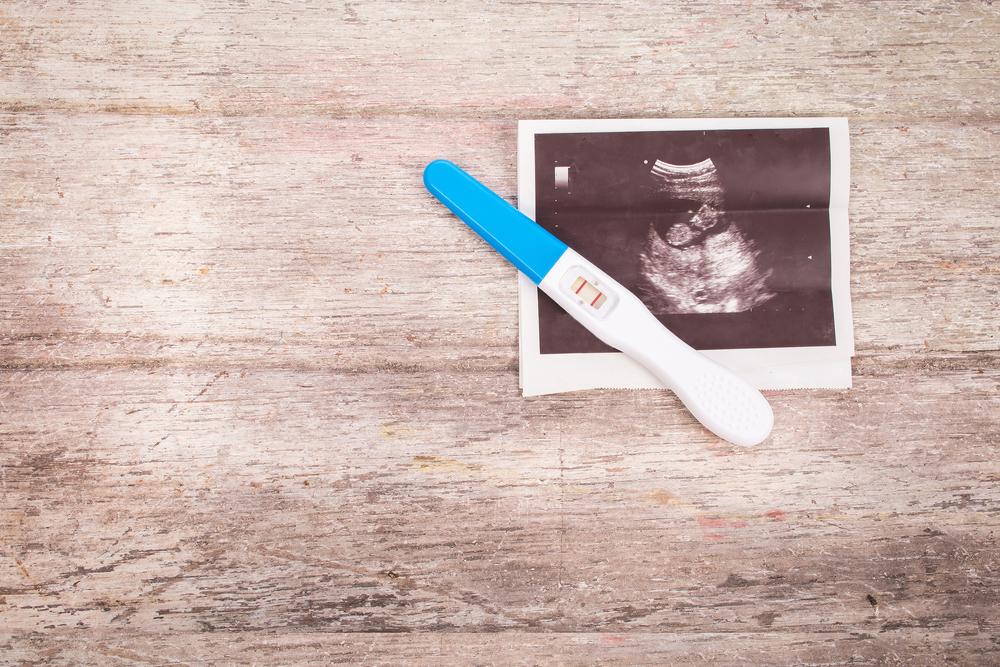Treatment Options
Unfortunately, the foetus (the developing embryo) cannot be saved in an ectopic pregnancy. Treatment is usually needed to remove the pregnancy before it grows too large. The main treatment options are:
- expectant management – your condition is carefully monitored to see whether treatment is necessary
- medicine – a medicine called methotrexate is used to stop the pregnancy growing
- surgery – surgery is used to remove the pregnancy, usually along with the affected fallopian tube
These options each have advantages and disadvantages that your doctor will discuss with you. They'll recommend what they think is the most suitable option for you, depending on factors such as your symptoms, the size of the foetus, and the level of pregnancy hormone (human chorionic gonadotropin, or hCG) in your blood.
Expectant management
If you have no symptoms or mild symptoms and the pregnancy is very small or can't be found, you may only need to be closely monitored, as there's a good chance the pregnancy will dissolve by itself.
This is known as expectant management.
The following is likely to happen:
- You'll have regular blood tests to check that the level of hCG in your blood is going down – these will be needed until the hormone is no longer found.
- You may need further treatment if your hormone level doesn't go down or it increases.
- You'll usually have some vaginal bleeding – use pads or towels, rather than tampons, until this stops.
- You may experience some tummy pain – take paracetamol to relieve this.
- You'll be told what to do if you develop more severe symptoms.
The main advantage of monitoring is that you won't experience any side effects of treatment.
A disadvantage is that there's still a small risk of 1 of your fallopian tube splitting open (rupturing) and you may eventually need treatment.
Medicine
If an ectopic pregnancy is diagnosed early but active monitoring isn't suitable, treatment with a medicine called methotrexate may be recommended.
This works by stopping the pregnancy from growing. It's given as a single injection into your buttocks.
You won't need to stay in hospital after treatment, but regular blood tests will be carried out to check if the treatment is working.
A second dose is sometimes needed and surgery may be necessary if it doesn't work.
You need to use reliable contraception for at least 3 months after treatment.
This is because methotrexate can be harmful for a baby if you become pregnant during this time.
It's also important to avoid alcohol until you're told it's safe, as drinking soon after receiving a dose of methotrexate can damage your liver.
Other side effects of methotrexate include:
- tummy pain – this is usually mild and should pass within a day or two
- dizziness
- feeling and being sick
- diarrhoea
There's also a chance of your fallopian tube rupturing after treatment. You'll be told what to look out for and what to do if you think this has happened.
Surgery
In most cases, keyhole surgery (laparoscopy) will be carried out to remove the pregnancy before it becomes too large.
During a laparoscopy:
- you're given general anaesthetic, so you're asleep while it's carried out
- small cuts (incisions) are made in your tummy
- a thin viewing tube (laparoscope) and small surgical instruments are inserted through the incisions
- the entire fallopian tube containing the pregnancy is removed if your other fallopian tube looks healthy – otherwise, removing the pregnancy without removing the whole tube may be attempted
Removing the affected fallopian tube is the most effective treatment and isn't thought to reduce your chances of becoming pregnant again.
Your doctor will discuss this with you beforehand, and you'll be asked whether you consent to having the tube removed.
Most women can leave hospital a few days after surgery, although it can take 4 to 6 weeks to fully recover.
If your fallopian tube has already ruptured, you'll need emergency surgery.
The surgeon will make a larger incision in your tummy (laparotomy) to stop the bleeding and repair your fallopian tube, if that's possible.
After either type of surgery, a treatment called anti-D rhesus prophylaxis will be given if your blood type is RhD negative (see blood groups for more information).
This involves an injection of a medicine that helps to prevent rhesus disease in future pregnancies.































































































